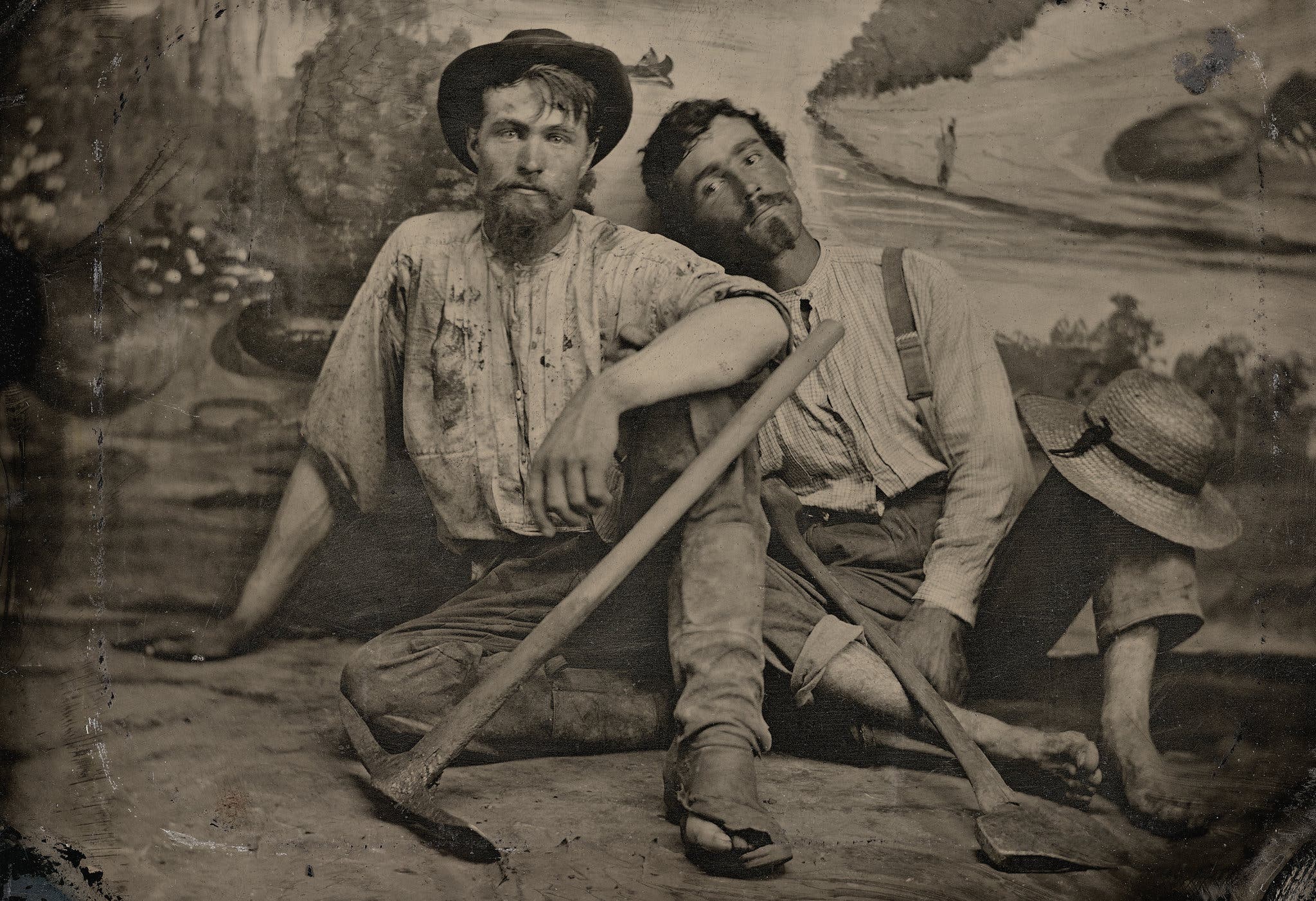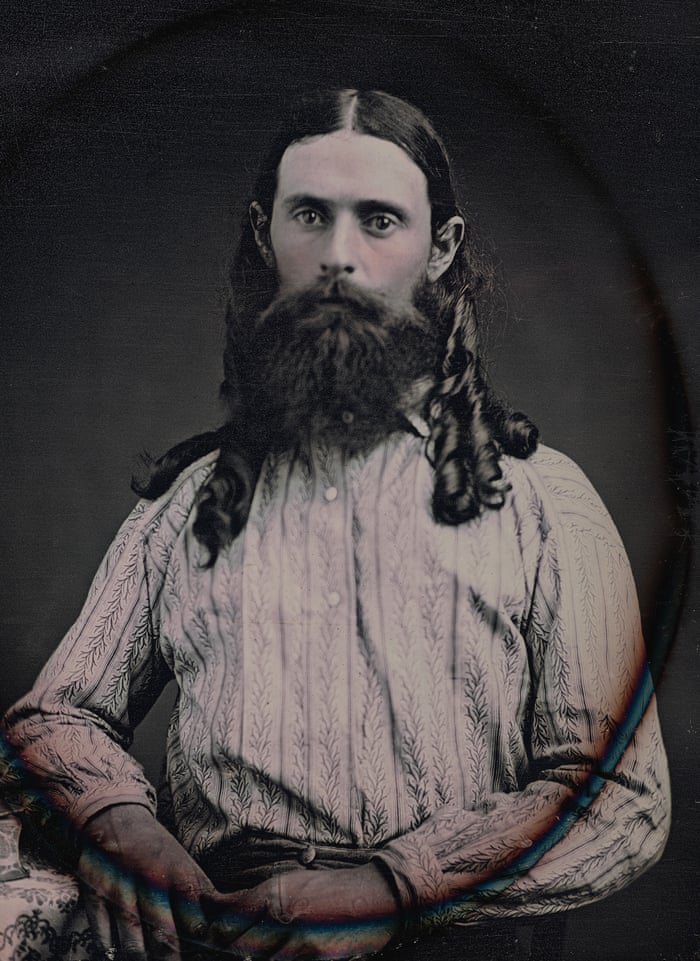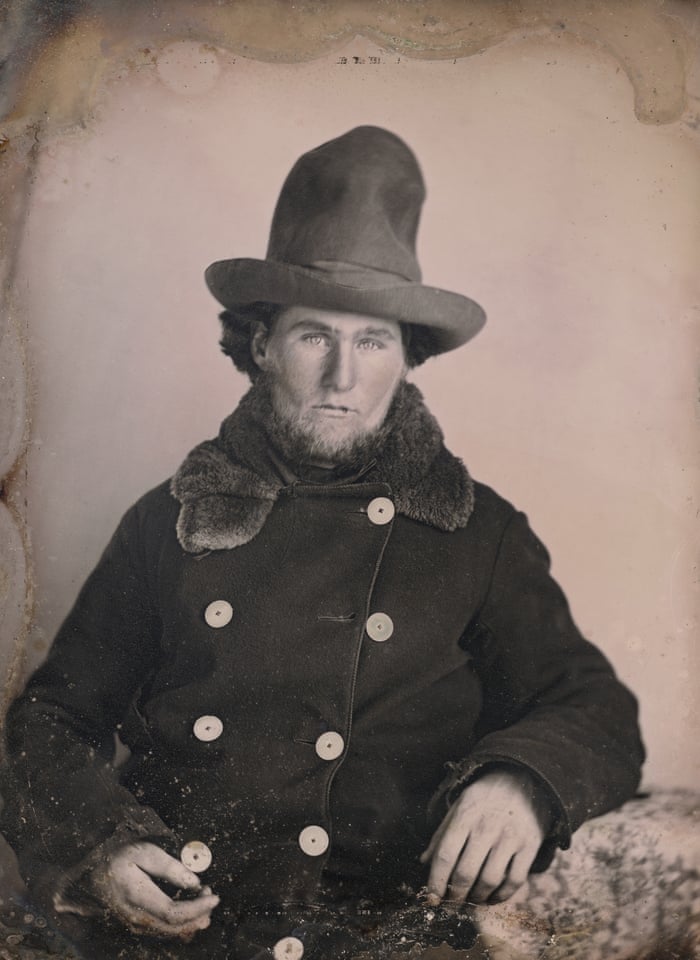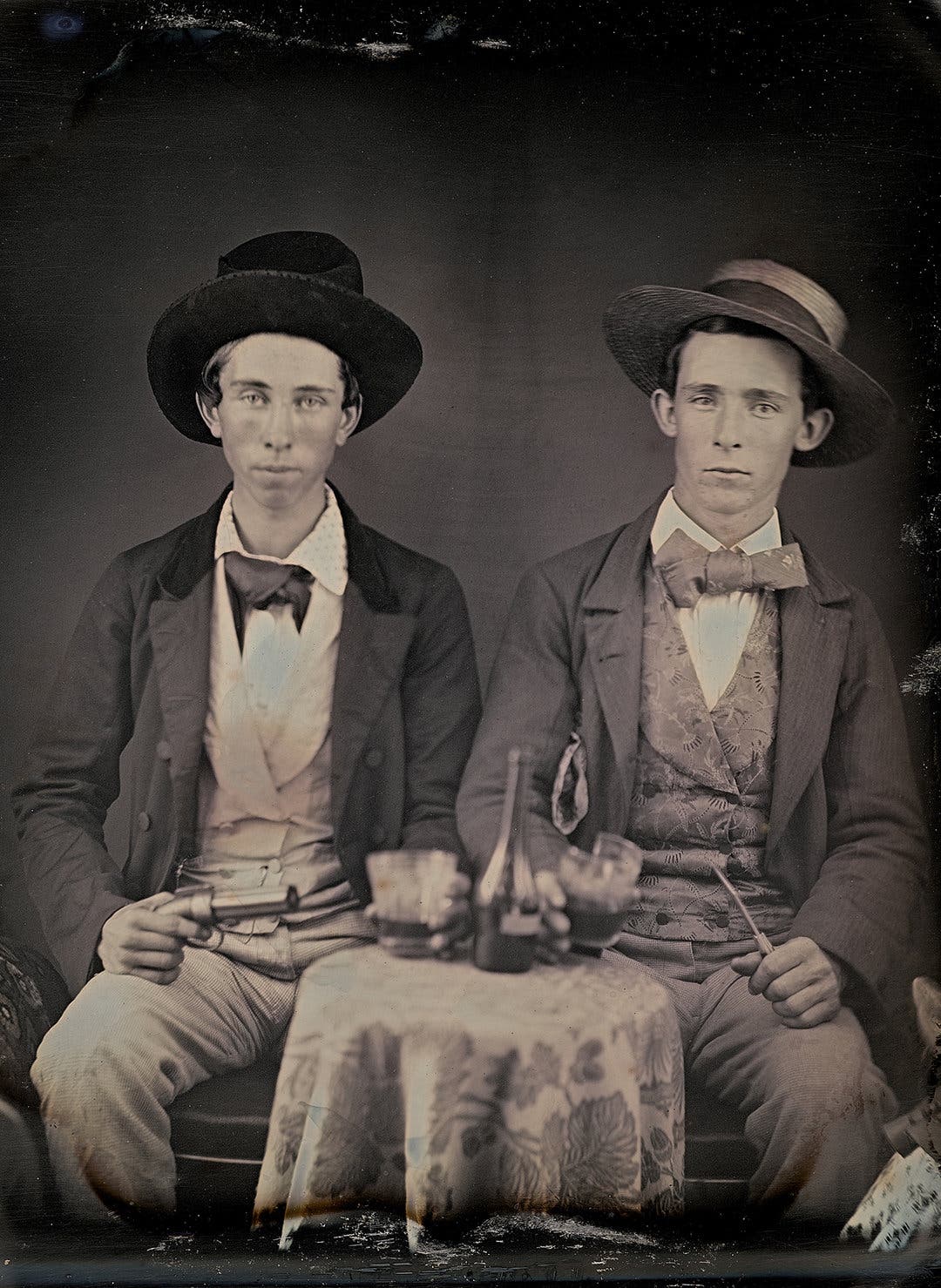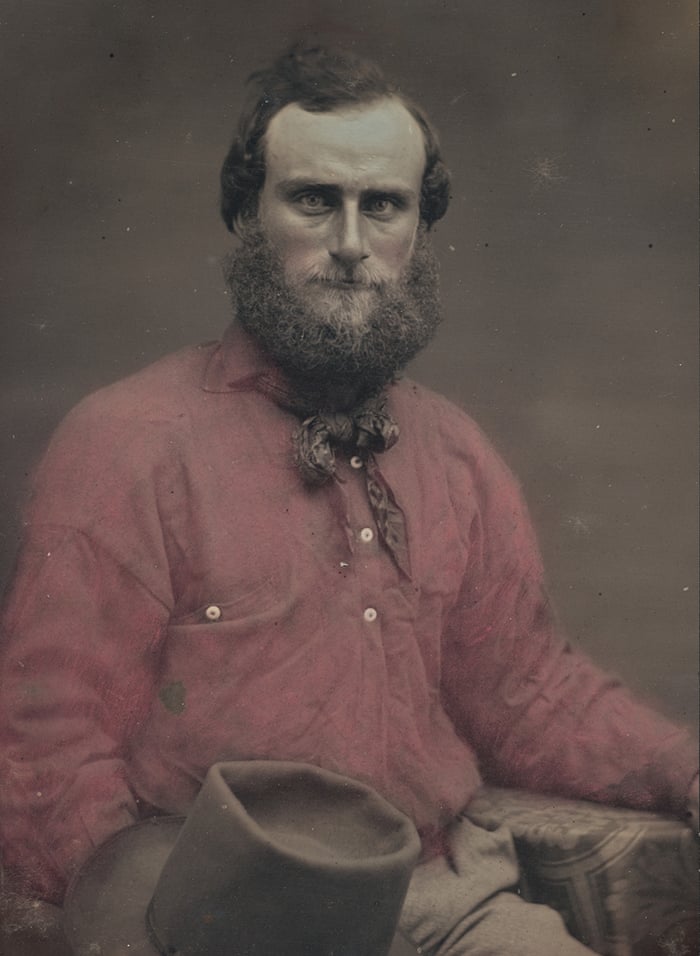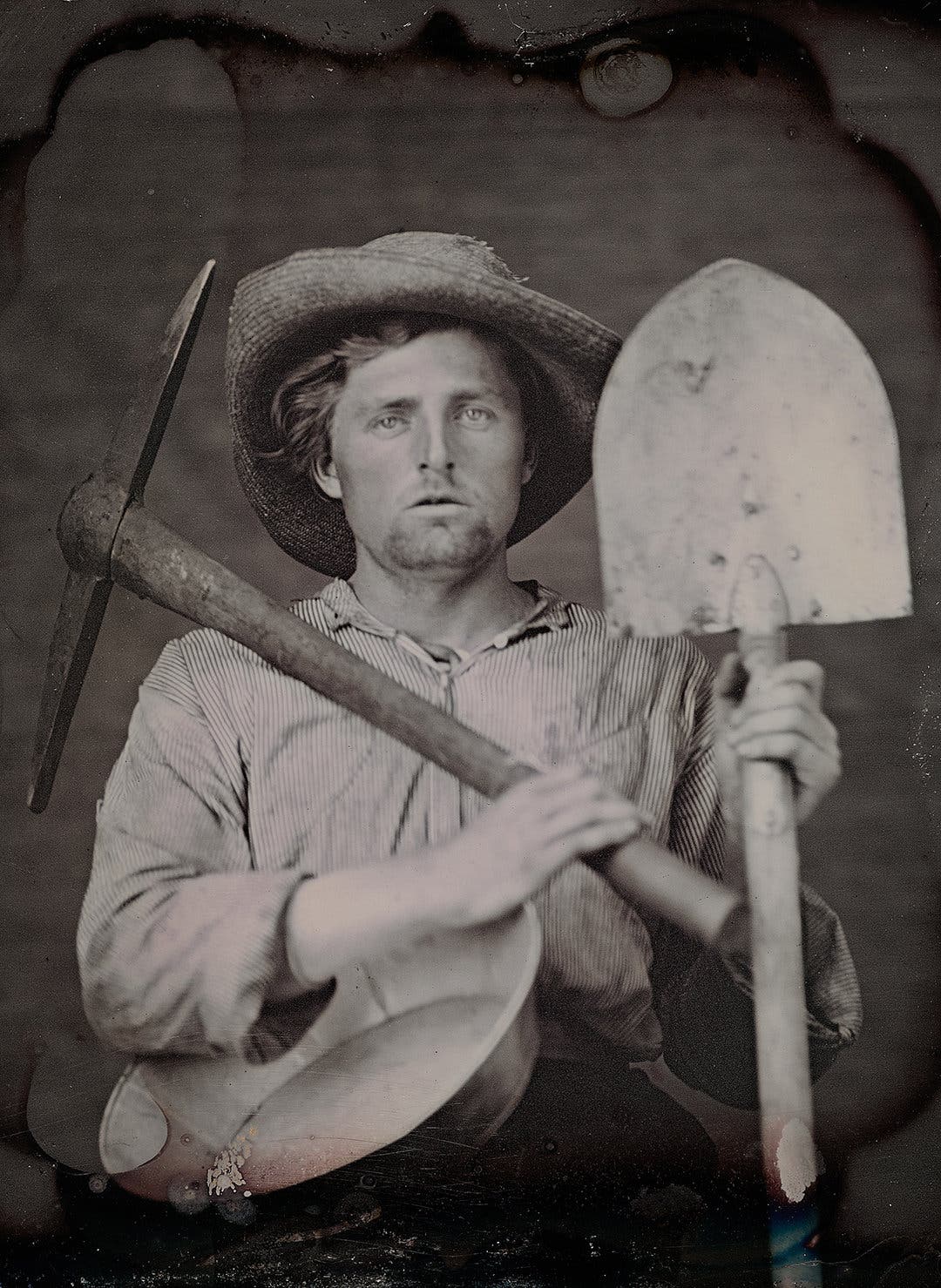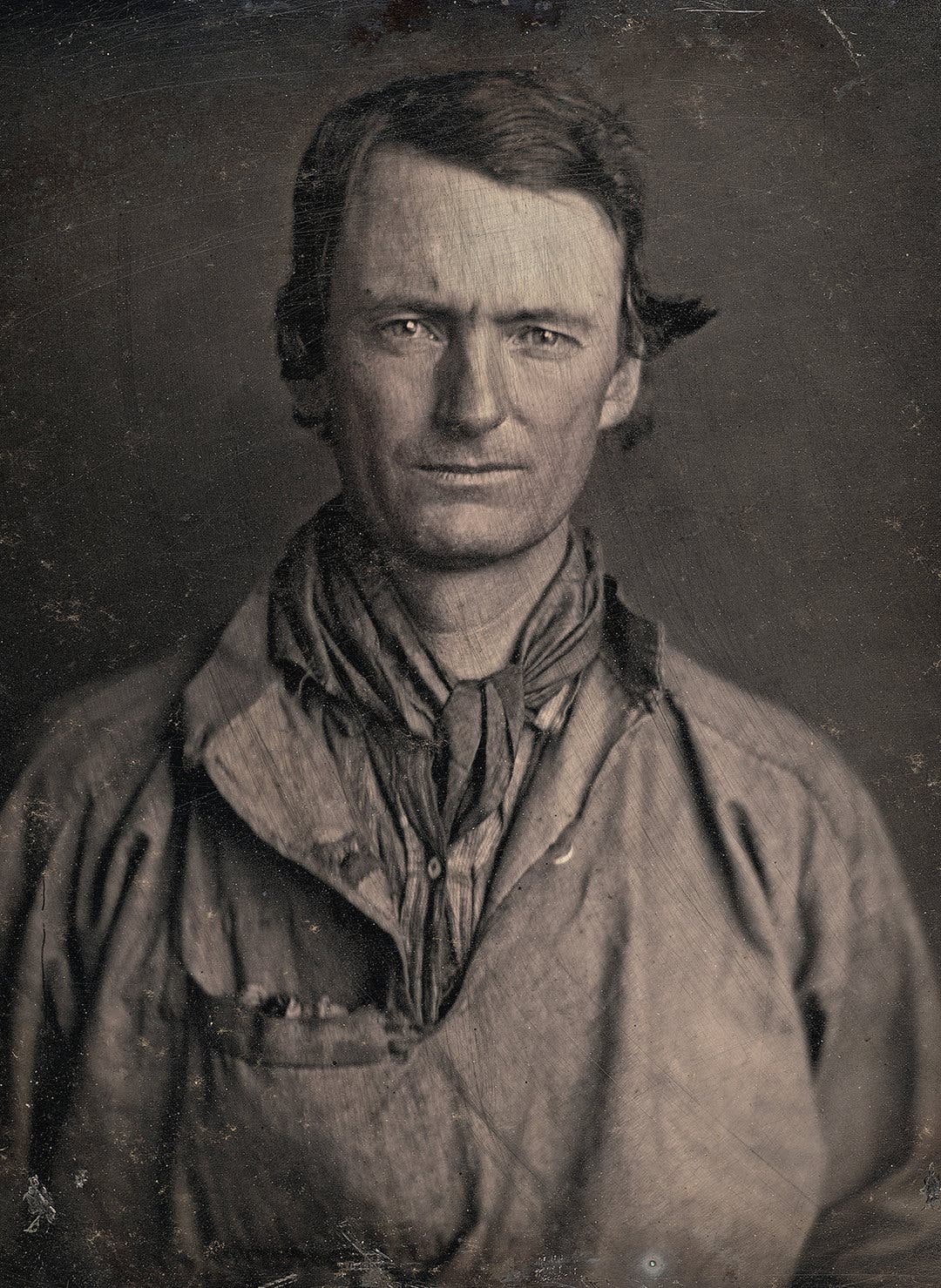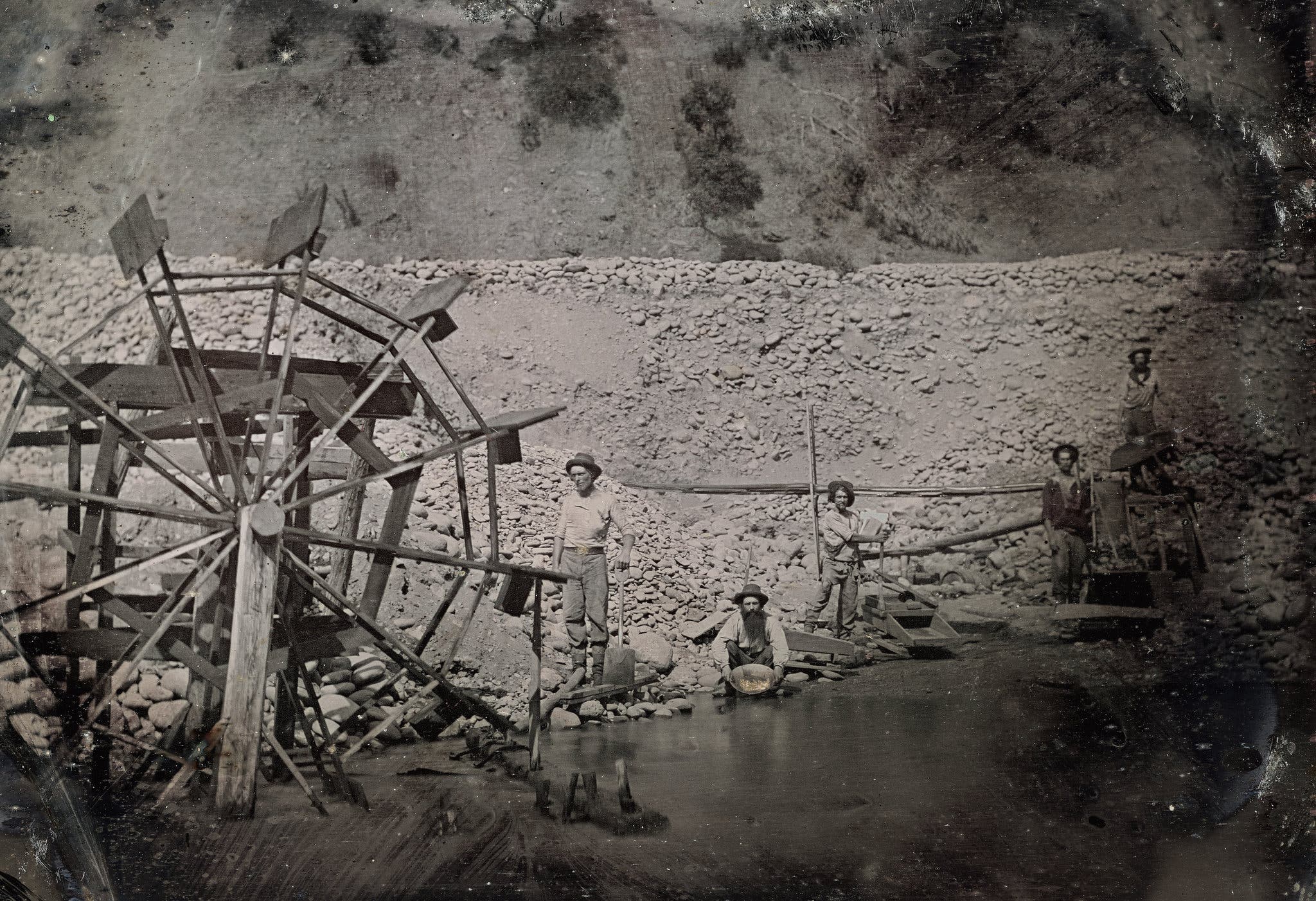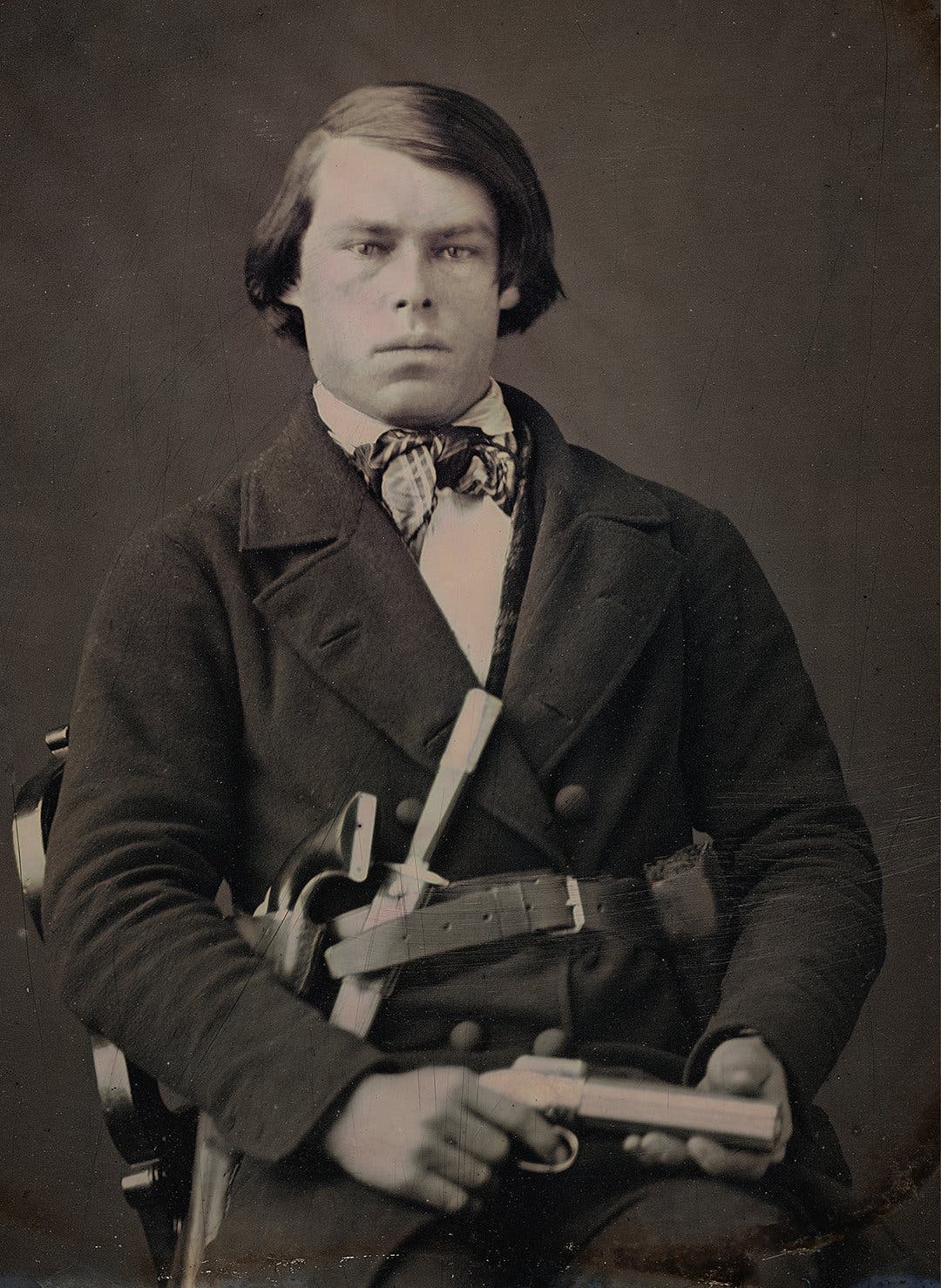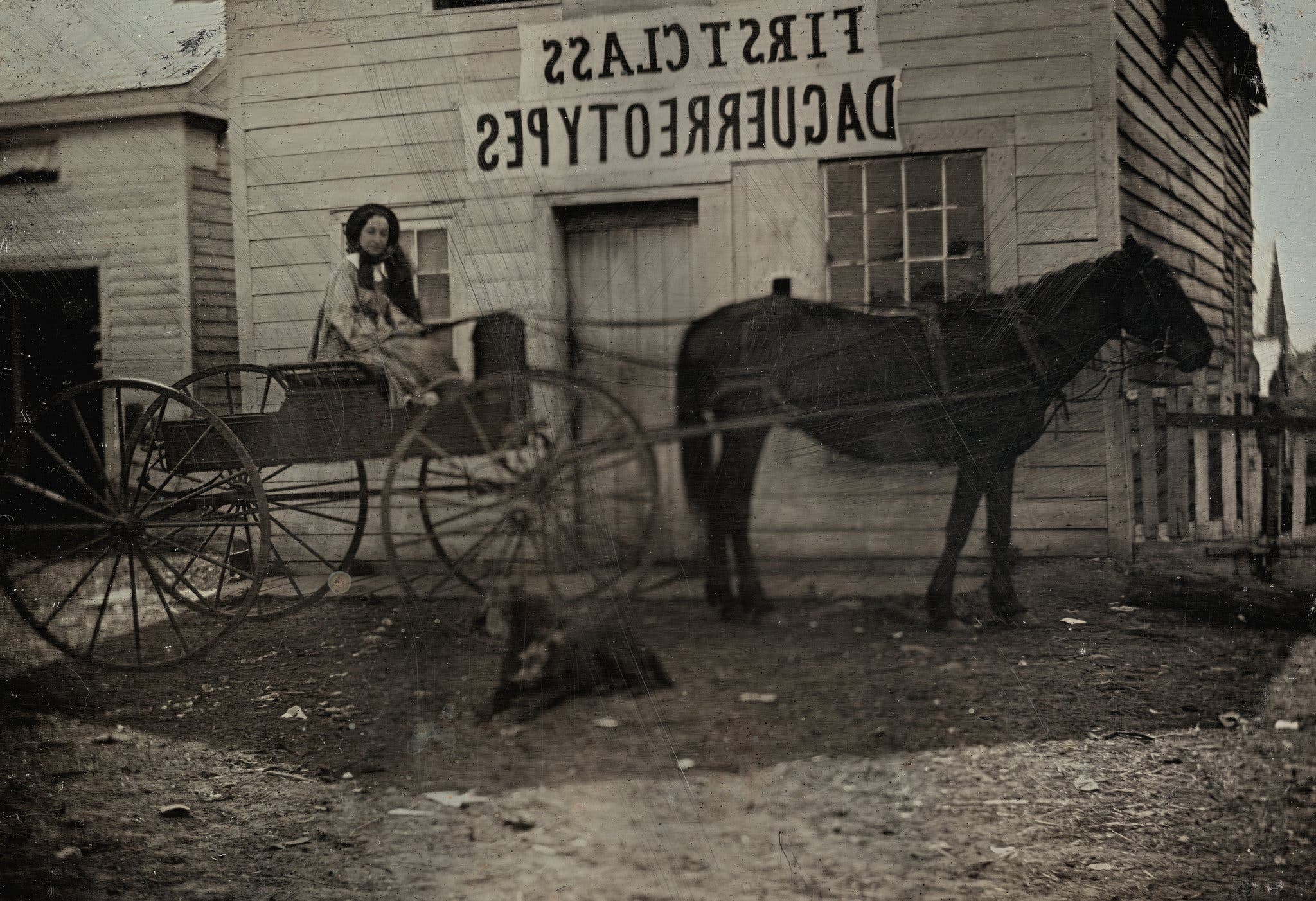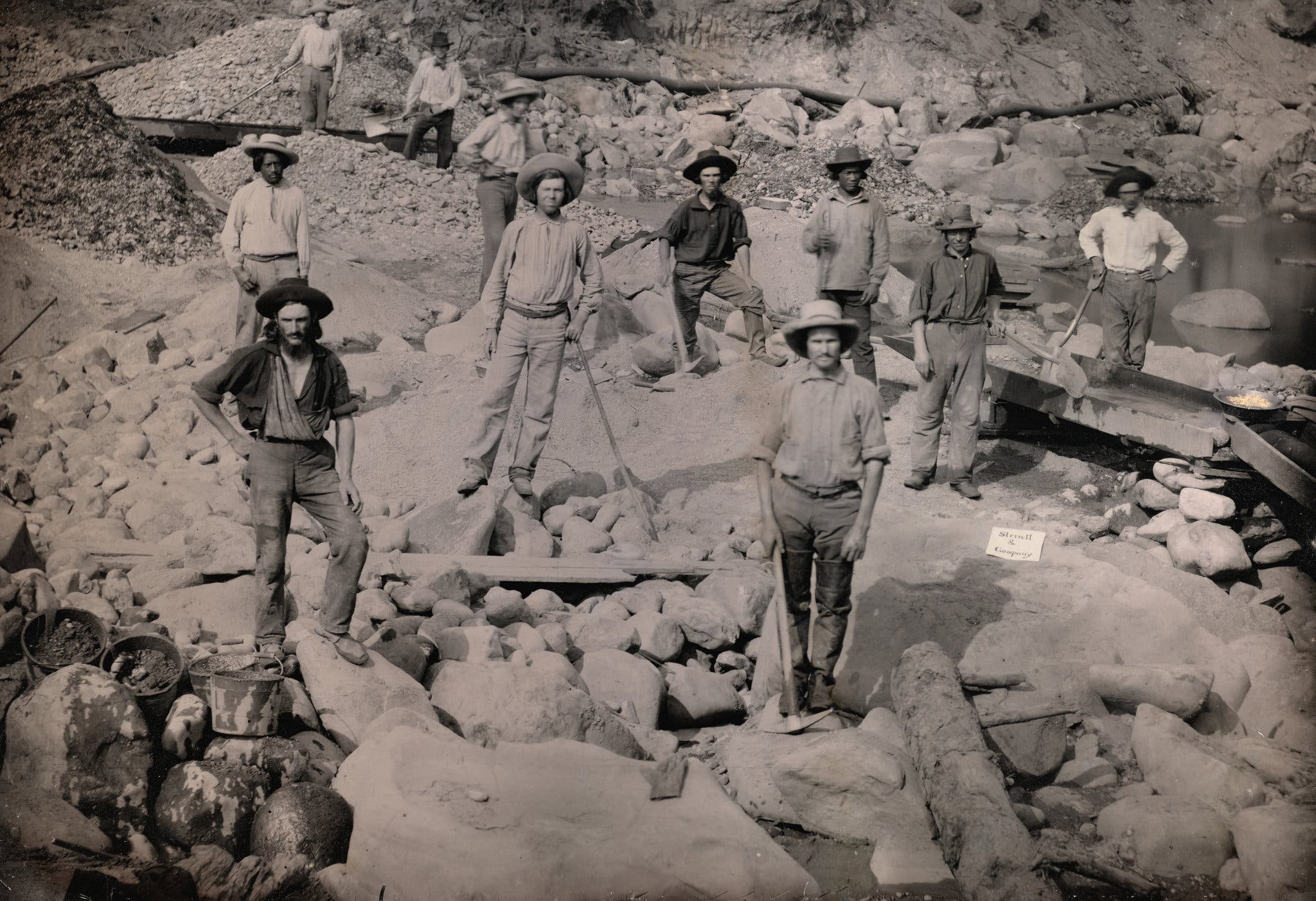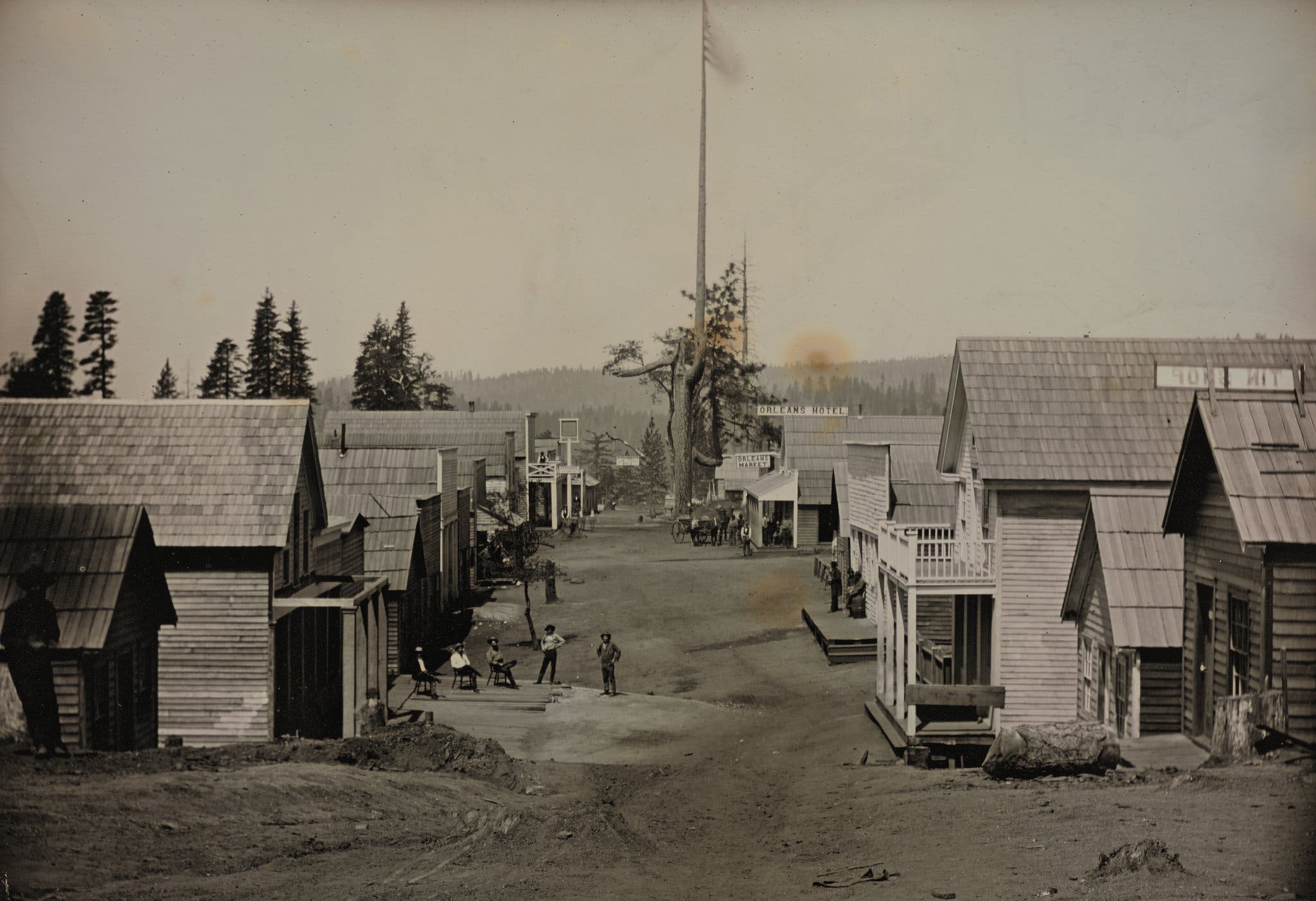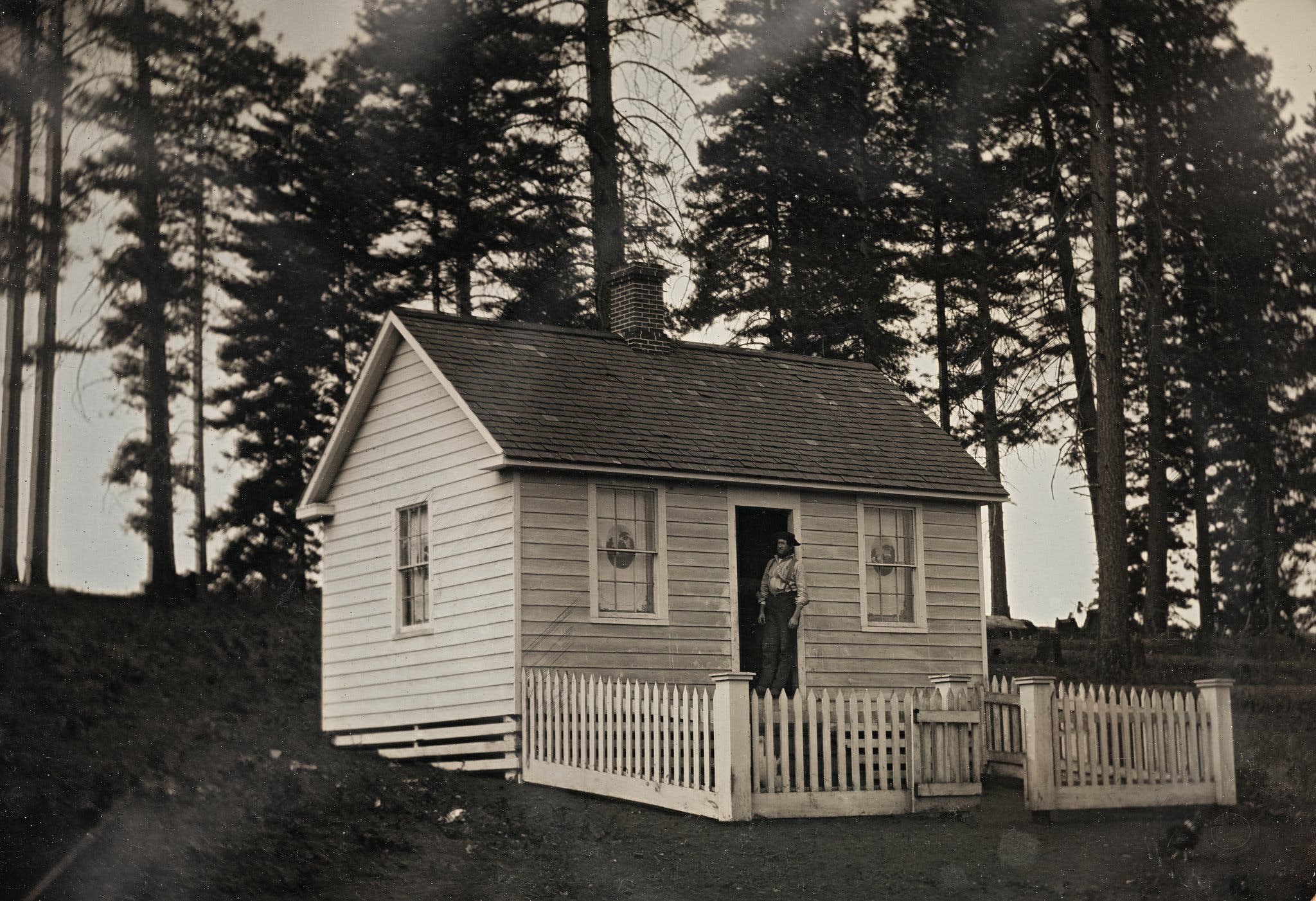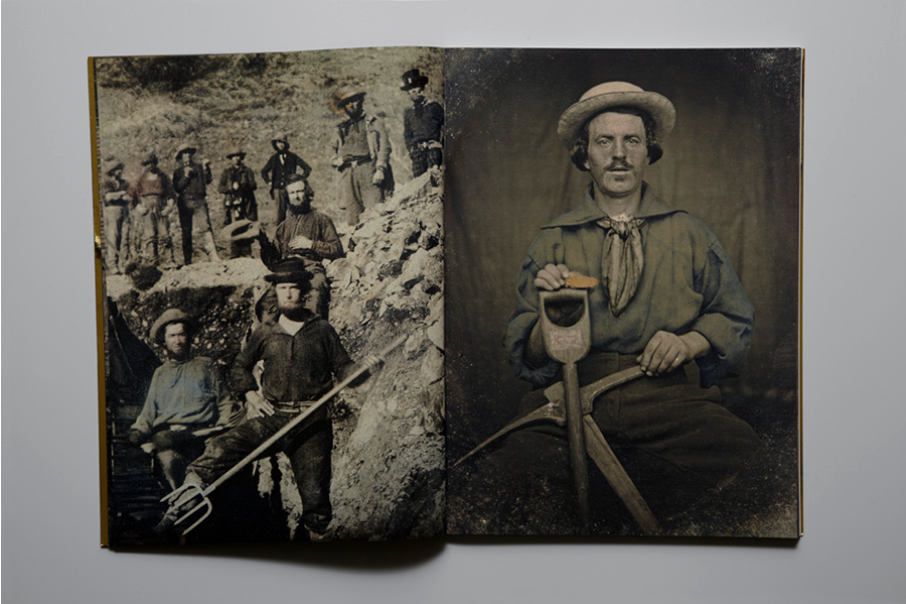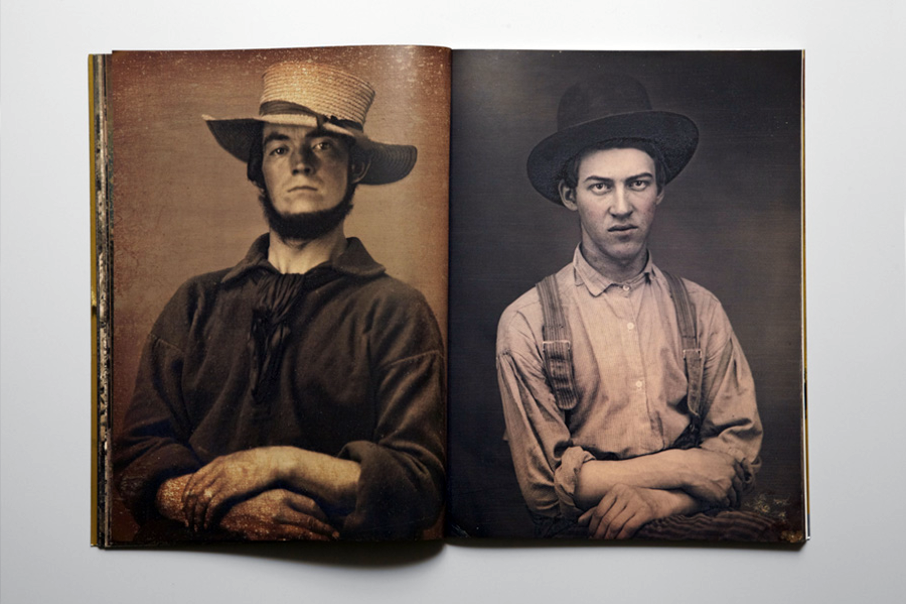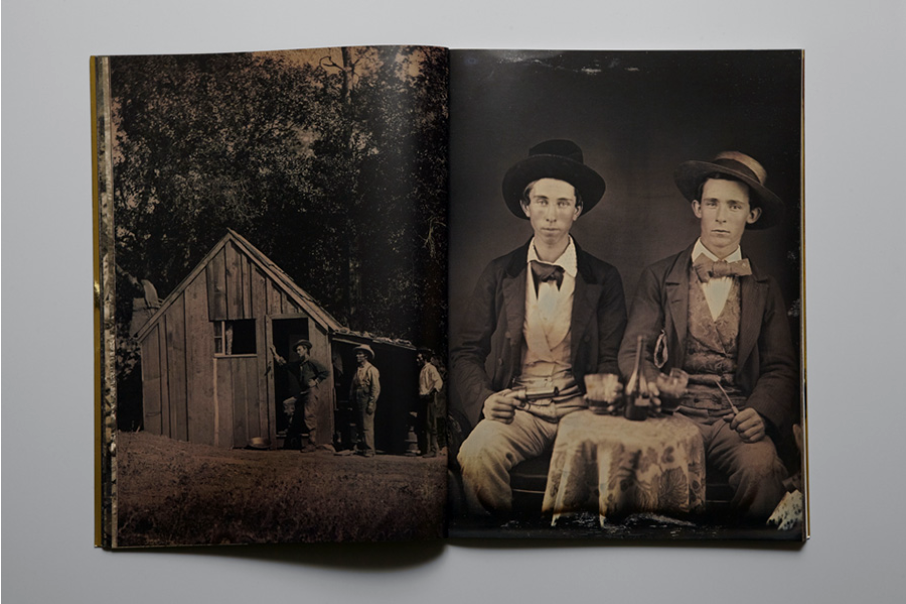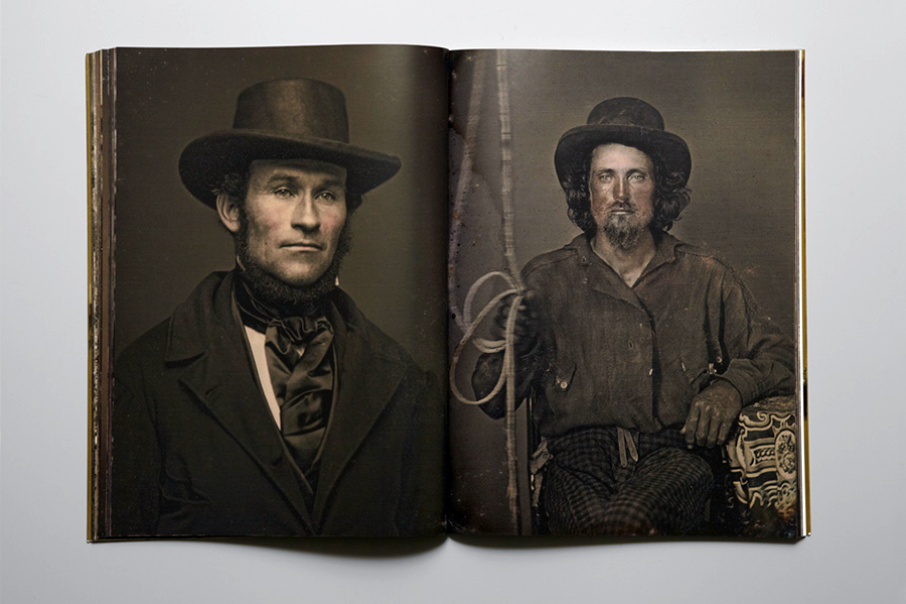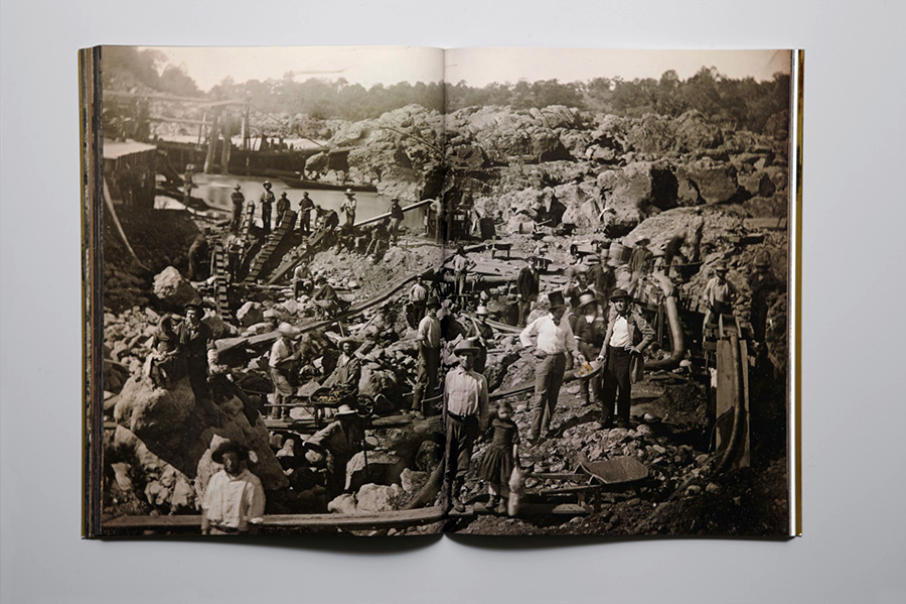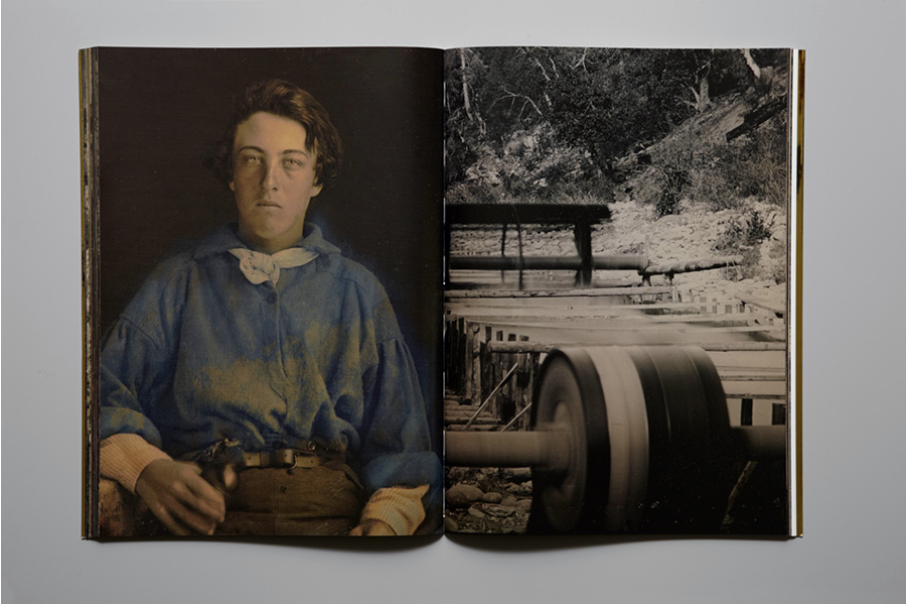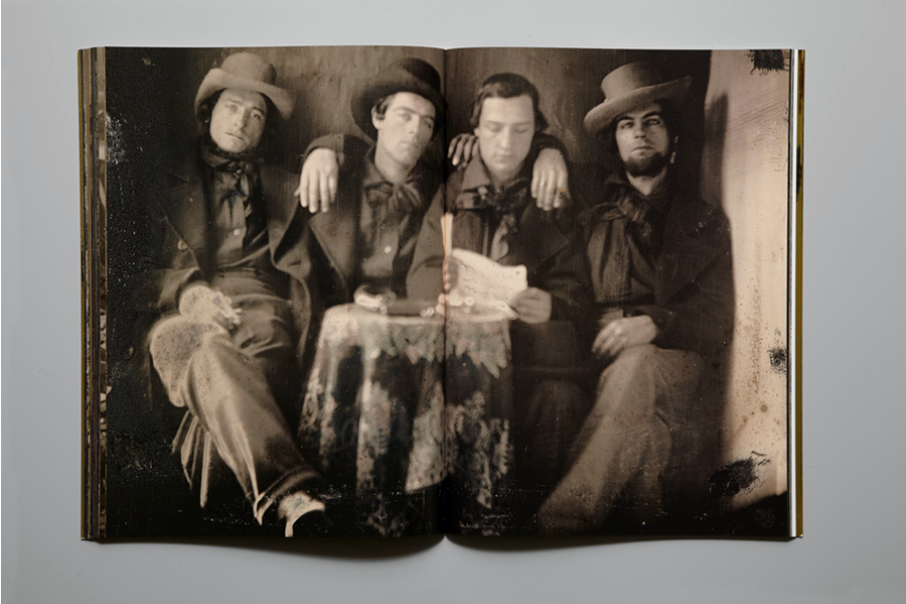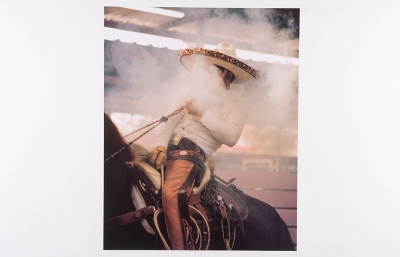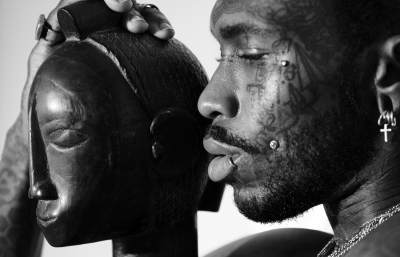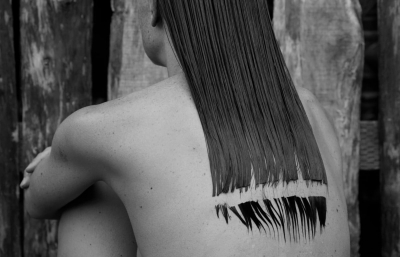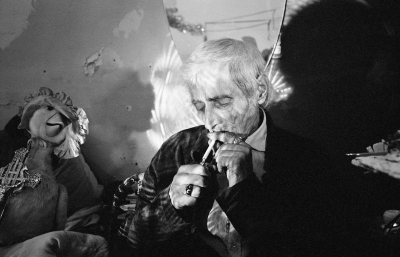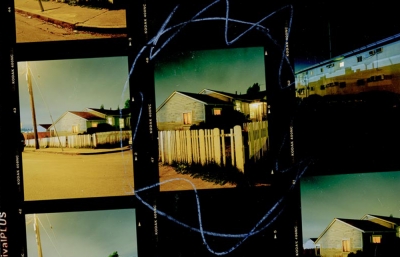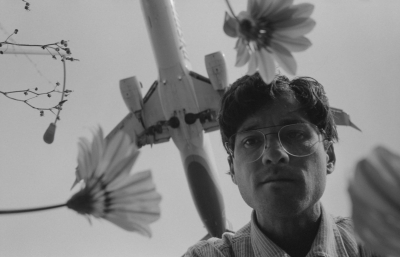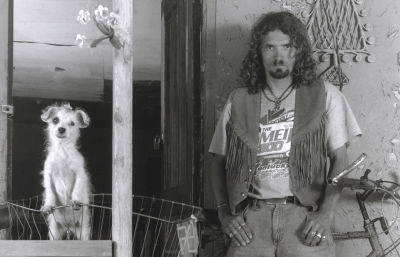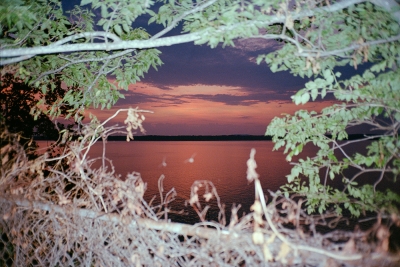A few years ago the Canadian Photography Institute and National Gallery of Canada held an exhibition, Gold and Silver: Images and Illusions of the Gold Rush, featuring an archive of images taken during the California Gold Rush. Through captivating and largely unedited images ranging from scenes of California’s rivers to the snow-capped peaks of Yukon, the exhibition followed the hopes, dreams and illusions of an entire generation of prospectors who took to the road in search of gold. It also told the story of two major developments in the history of photography: single images on metal and multiple images on glass and paper.
We recently came across a wonderful book produced by Luce Lebart in conjunction with the exhibition that offers a contemporary insight into the exclusive archive. Young nineteenth-century argonauts look at the camera, defying all the conventions of portraiture. Everything in these pictures – their attitudes, their stares, their clothes – deviates from the usual representations associated with daguerreotype photography. These portraits are accompanied by a series of landscape photographs, also printed on metal. Together, they reveal a pioneering iconography of the American landscape that stresses the human use of the land. The photographers manipulated their images after were printed, adding gold dust onto streams or gold nuggets onto the sieves of the pioneers. The book design highlights the relations between gold from the Great West and silver – two kinds of metallic salts used in photography.
Gold and Silver is published by RVB Books.

